Home>Garden Essentials>What Season Does Dandelions Germinate
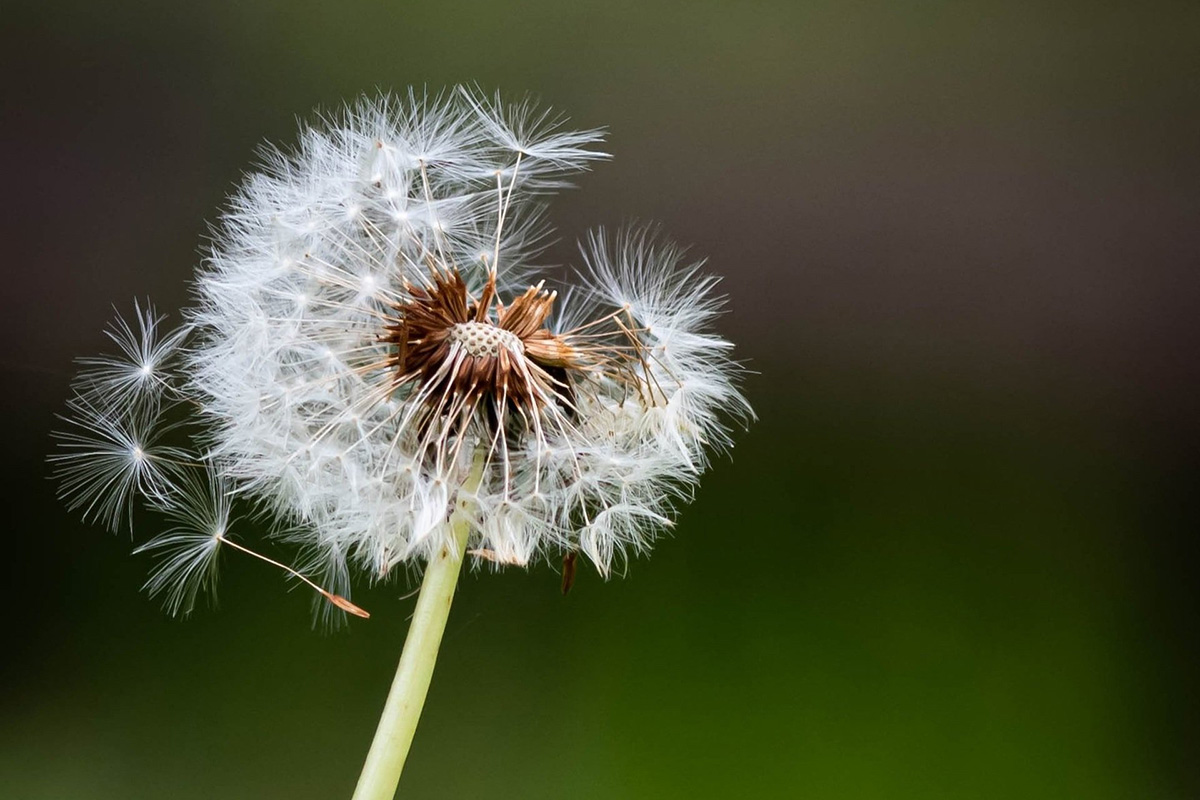

Garden Essentials
What Season Does Dandelions Germinate
Modified: August 20, 2024
Discover when dandelions germinate in your garden and ensure a thriving landscape all year round.
(Many of the links in this article redirect to a specific reviewed product. Your purchase of these products through affiliate links helps to generate commission for Storables.com, at no extra cost. Learn more)
Contents of “What Season Does Dandelions Germinate”
In this article, we will explore the germination patterns of dandelions and learn about the factors that influence their growth. We will delve into the specific seasons of the year when dandelion seeds are most likely to sprout, and discuss the conditions required for successful germination. Whether you love them or loathe them, understanding the germination habits of dandelions can help you better manage their presence in your garden.
Key Takeaways:
- Dandelions can germinate in spring, summer, fall, and even winter, so it’s important to stay vigilant year-round to prevent their spread in your garden.
- Understanding the factors that influence dandelion germination, such as soil moisture and temperature, can help you take proactive measures to keep your garden free from unwanted dandelions.
Read more: When Do Dandelions Germinate In Michigan
Introduction
Dandelions, with their bright yellow flowers and delicate “puffball” seeds, are a common sight in gardens and lawns. These hardy plants are known for their ability to thrive in a variety of environments, and their prolific nature can sometimes make them a nuisance for gardeners. Understanding when and how dandelions germinate is crucial for effective management and control.
Germination refers to the process by which a seed develops into a new plant. For dandelions, germination occurs when the seeds receive the right combination of moisture, temperature, and sunlight. By learning about the germination habits of dandelions, gardeners can take proactive measures to minimize their presence and maintain a well-manicured garden.
In this article, we will explore the different factors that influence dandelion germination and the specific seasons when these plants are most likely to sprout. By gaining insights into their germination patterns, you will be better prepared to manage dandelions effectively and maintain a healthy and vibrant garden.
Understanding Dandelions
Dandelions belong to the Taraxacum genus and are classified as perennial herbaceous plants. They have deep taproots that help them extract nutrients from the soil and survive in a wide range of conditions. These plants reproduce through seeds, which are produced by the familiar fluffy “puffball” seed heads. Each seed is equipped with tiny parachute-like structures that allow it to be carried by the wind, ensuring widespread distribution.
Dandelions are opportunistic plants, meaning they can quickly colonize open areas or disturbed soil. They are adaptable and can thrive in various soil types, including compacted soil, clay, and even poor or nutrient-deficient soil. This resilience makes them a common sight in lawns, gardens, fields, and even cracks in pavement.
Many consider dandelions to be weeds due to their ability to spread rapidly and dominate areas where they grow. However, they also offer several benefits. Dandelions have deep taproots that help break up compacted soil, improving its structure. They are also an important food source for pollinators, such as bees and butterflies, providing them with nectar and pollen early in the season when few other plants are blooming.
Despite their benefits, dandelion infestations can be a problem for gardeners who prefer a neat and uniform lawn or garden. Understanding the factors that influence dandelion germination can help us manage their presence effectively.
Factors Affecting Germination
Several factors influence the germination of dandelion seeds. Understanding these factors can help us create conditions that are less favorable for germination, reducing the spread of dandelions in our gardens and lawns. Here are the key factors that affect dandelion germination:
- Soil Moisture: Dandelion seeds require moisture to germinate. They need a sufficient amount of moisture in the soil to activate the germination process. If the soil is consistently dry, the germination rate may be low, or seeds may remain dormant until conditions improve.
- Soil Temperature: Dandelion seeds germinate best in temperatures between 40 to 85 degrees Fahrenheit (4 to 29 degrees Celsius). Warmer soil temperatures generally promote faster germination.
- Light Exposure: Dandelion seeds require exposure to light for germination. If the seeds are buried too deep in the soil, they may struggle to receive the necessary light for successful germination. Therefore, minimal soil cover or surface sowing can increase the chances of germination.
- Competition: Dandelion seeds can successfully germinate and establish themselves when there is little competition for resources. However, in densely vegetated areas, such as a well-established lawn, the competition from existing plants may hinder dandelion germination.
- Seed Viability: The viability of dandelion seeds, or the ability to germinate and grow, declines over time. Freshly produced seeds have a higher chance of germination compared to older seeds. It’s important to note that dandelion seeds can remain viable for several years, so managing existing plants is crucial in preventing future germination.
By considering these factors and taking appropriate actions, we can minimize the germination of dandelion seeds in our garden and maintain a healthier, more desirable landscape.
Germination in Spring
Spring is a significant season for dandelion germination. As temperatures rise and daylight hours increase, dandelion seeds lying dormant in the soil wake up and begin the germination process. The combination of warmer soil temperatures and the availability of sunlight stimulates the seeds to sprout and establish new plants.
During early spring, when the soil is still cool, dandelion seeds may take longer to germinate. However, as the soil temperature reaches the optimal range of 40 to 85 degrees Fahrenheit (4 to 29 degrees Celsius), the germination process accelerates. It is during this period that you may notice dandelions popping up in your lawn or garden.
Spring germination can be advantageous for gardeners as it offers an opportunity to take proactive measures to control the growth of dandelions. Regularly mowing your lawn, removing any weed seedlings, and minimizing soil disturbance can help prevent dandelions from taking root and spreading further.
Additionally, incorporating cultural practices such as proper fertilization, aeration, and overseeding can help maintain a thick and healthy lawn, reducing spaces for dandelion seeds to establish themselves. Using organic mulch or adding a layer of compost can also help suppress weed growth, including dandelions.
Early spring is an ideal time to tackle dandelions before they have a chance to flower and disperse their seeds further. By staying proactive and taking preventive measures, you can effectively manage dandelion germination in the spring and maintain a beautiful, weed-free garden.
Dandelions typically germinate in the spring, when the soil temperature reaches around 55-60°F. Keep an eye out for new growth and take action to prevent them from spreading.
Read more: What Pillows Does Four Seasons Use
Germination in Summer
While spring is the peak time for dandelion germination, it is not uncommon to see additional germination in the summer months. Dandelion seeds have the ability to remain dormant in the soil for an extended period, and under certain conditions, they can sprout during the warmer summer months.
Summer germination of dandelion seeds is typically triggered by changes in environmental conditions. Factors such as increased rainfall, fluctuations in soil moisture, or disturbance to the soil surface can stimulate the germination process.
In areas with inconsistent watering or periods of heavy rainfall followed by dry spells, dandelion seeds can take advantage of the moisture availability to germinate. The warm temperatures during summer can provide an optimal environment for the seeds to develop and establish new plants.
Moreover, any soil disturbance, such as digging or cultivating, can bring dormant dandelion seeds to the surface, exposing them to light and triggering germination. Therefore, be mindful of activities that may disrupt the soil during summer, as they can potentially promote dandelion germination.
To manage dandelion germination in the summer, it is essential to continually monitor your lawn and garden for any signs of new seedlings. Regularly inspecting and manually removing young dandelion plants can help prevent them from establishing a strong presence in your landscape.
Additionally, maintaining a healthy and well-maintained lawn can help discourage dandelion growth. Adequate watering, proper mowing practices, and a balanced fertilization regimen will ensure your turf remains strong, minimizing opportunities for dandelion seeds to take hold.
By remaining vigilant and addressing dandelion seedlings as soon as they emerge, you can stay on top of summer germination and prevent dandelions from spreading and becoming a pervasive weed in your garden.
Germination in Fall
Fall is another season when dandelion germination can occur. As the weather begins to cool down and daylight hours decrease, dandelion seeds take advantage of these conditions to initiate the germination process.
Dandelion seeds have a unique adaptation that allows them to respond to environmental cues. When temperatures start to drop, particularly at night, and moisture levels in the soil remain consistent, dandelion seeds perceive these signals as favorable for germination. This triggers the activation of the seeds, leading to the development of new plants.
Germination in the fall can be a concern for gardeners, as it means an increased presence of dandelions in the following spring. The advantage for dandelion seeds germinating in the fall is that they have a longer period to establish their root systems before the onset of winter dormancy. This gives them a head start in the following growing season.
To prevent fall germination and minimize the spread of dandelions, proper lawn care practices are crucial. Regular mowing, maintaining a height of 2-3 inches, helps weaken existing dandelion plants and prevents them from flowering and producing additional seeds.
Fall is also an ideal time to aerate and overseed your lawn. Aeration relieves soil compaction and provides an opportunity to introduce new grass seed, which helps to fill in any thin or bare areas. The new grass will compete with dandelion seeds for resources, reducing their chances of germination and establishment.
Applying a pre-emergent herbicide in late summer or early fall can also be effective in preventing dandelion germination. These herbicides create a barrier in the soil that inhibits weed seed germination. However, it is important to follow the application instructions carefully and ensure compatibility with the grass or other plants in your garden.
By taking measures to prevent fall germination, you can minimize the presence of dandelions in your garden and reduce the need for extensive weed control measures in the following spring and summer.
Germination in Winter
While dandelion germination is more commonly associated with spring, summer, and fall, there is a possibility for limited germination to occur even in winter. This is particularly true in milder regions where the ground does not freeze completely.
During winter, dandelion seeds may lie dormant in the soil, waiting for more favorable conditions to germinate. When there are brief periods of warmer weather or when the snow cover melts, the seeds may perceive these as opportunities for growth and initiate the germination process.
Winter germination of dandelions can present challenges for gardeners. The emergence of seedlings during this time can be unexpected, as most other plants remain dormant. It is important to identify and address these early growth stages before they have a chance to establish themselves.
If you notice dandelion seedlings appearing in your garden during winter, you can manually remove them by carefully digging them out, being mindful of their deep taproots. Removing these seedlings before they mature and produce seeds will help prevent further dandelion growth.
Implementing a pre-emergent herbicide application in late fall or early winter can also be effective in preventing winter germination. These herbicides create a barrier in the soil, inhibiting the germination of weed seeds, including dandelions. However, be sure to carefully follow the instructions and use herbicides that are safe for the plants in your garden.
Furthermore, maintaining a thick layer of mulch around plants during winter can help suppress weed growth, including dandelions. The mulch acts as a physical barrier that inhibits sunlight from reaching the soil surface, which can help prevent seeds from germinating.
While winter germination of dandelions may be less common, it is important to stay attentive to any signs of seedling growth and address them promptly. Maintaining a proactive approach throughout the year will help minimize the presence of dandelions and promote a healthy and weed-free garden.
Conclusion
Understanding the germination patterns of dandelions is essential for effective weed management in your garden or lawn. By knowing when and how these resilient plants sprout, you can take proactive measures to minimize their presence and maintain a well-manicured landscape.
Dandelions have the ability to germinate in various seasons, with spring being the peak time for their growth. The combination of warmer soil temperatures, increased daylight hours, and optimal moisture levels trigger the seeds to awaken and establish new plants. Summer, fall, and even winter can also see limited germination, depending on the region and specific environmental conditions.
To manage dandelion germination effectively, several factors should be considered. Controlling soil moisture, maintaining appropriate soil temperature, ensuring sufficient light exposure, and managing competition from existing plants are all important considerations. Additionally, understanding the viability of dandelion seeds and their ability to remain dormant for extended periods helps in planning appropriate weed control strategies.
Through proactive lawn care practices such as regular mowing, proper irrigation, and diligent weed removal, you can minimize opportunities for dandelion seeds to germinate and establish themselves. Incorporating cultural practices like aeration, overseeding, and the use of pre-emergent herbicides can further enhance your weed management efforts.
Remember, prevention is key when it comes to managing dandelion germination. By staying vigilant, addressing seedlings promptly, and implementing preventive measures, you can enjoy a healthy and beautiful garden, free from the encroachment of unwanted dandelions.
Ultimately, through a combination of understanding the factors that influence dandelion germination, adopting proper lawn care practices, and implementing effective weed control strategies, you can effectively manage dandelions in your garden and maintain a thriving outdoor space.
Frequently Asked Questions about What Season Does Dandelions Germinate
Was this page helpful?
At Storables.com, we guarantee accurate and reliable information. Our content, validated by Expert Board Contributors, is crafted following stringent Editorial Policies. We're committed to providing you with well-researched, expert-backed insights for all your informational needs.
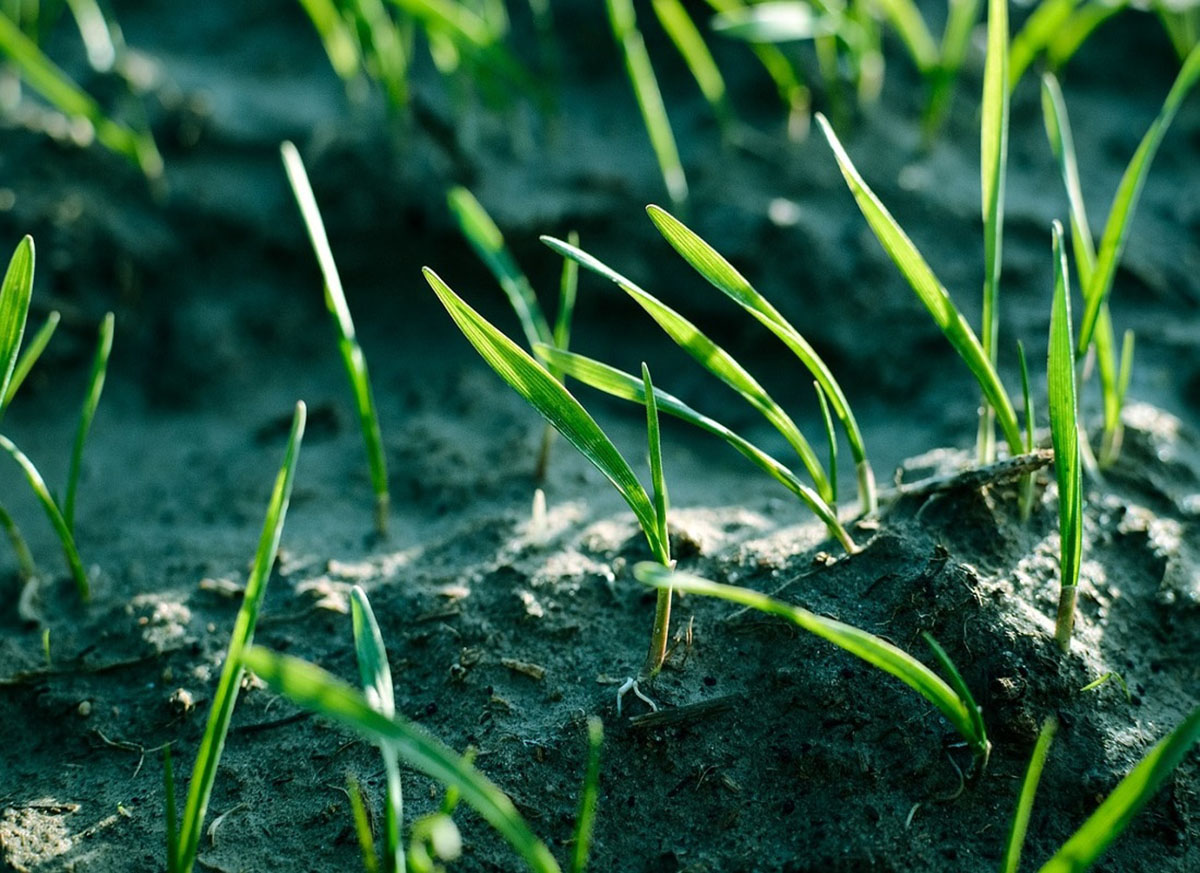
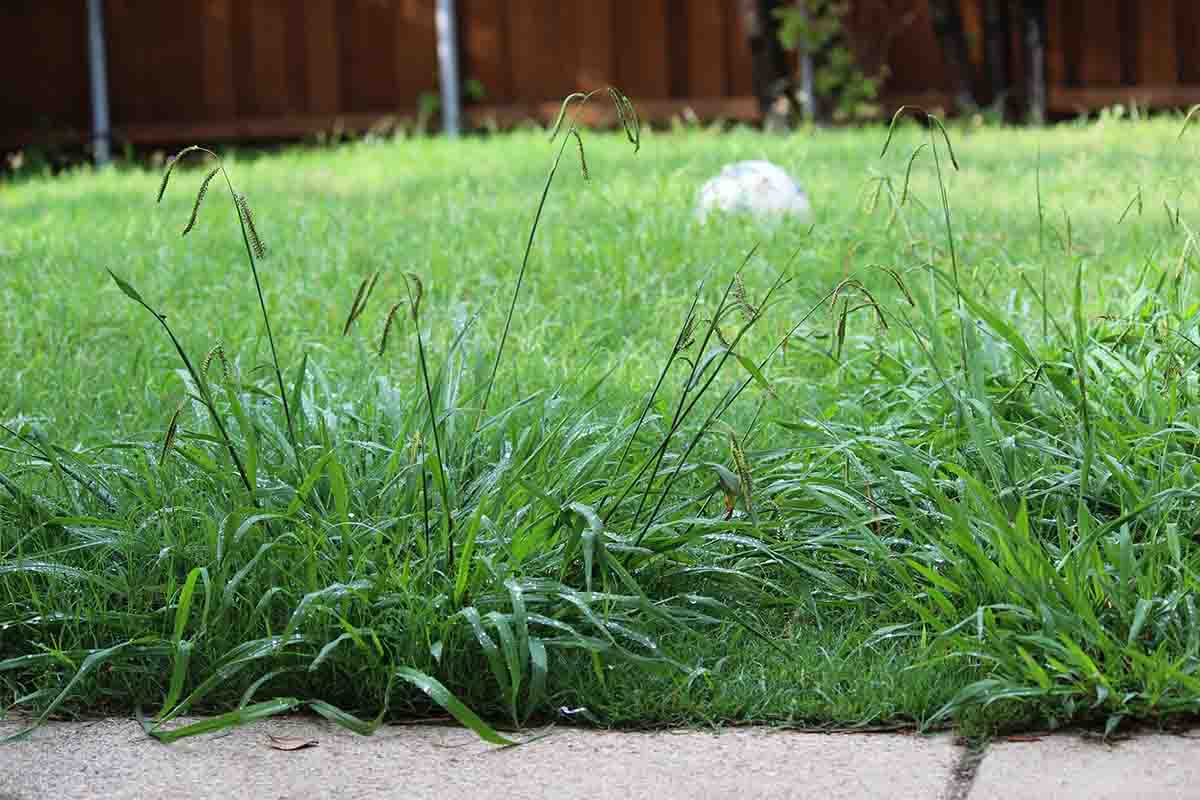
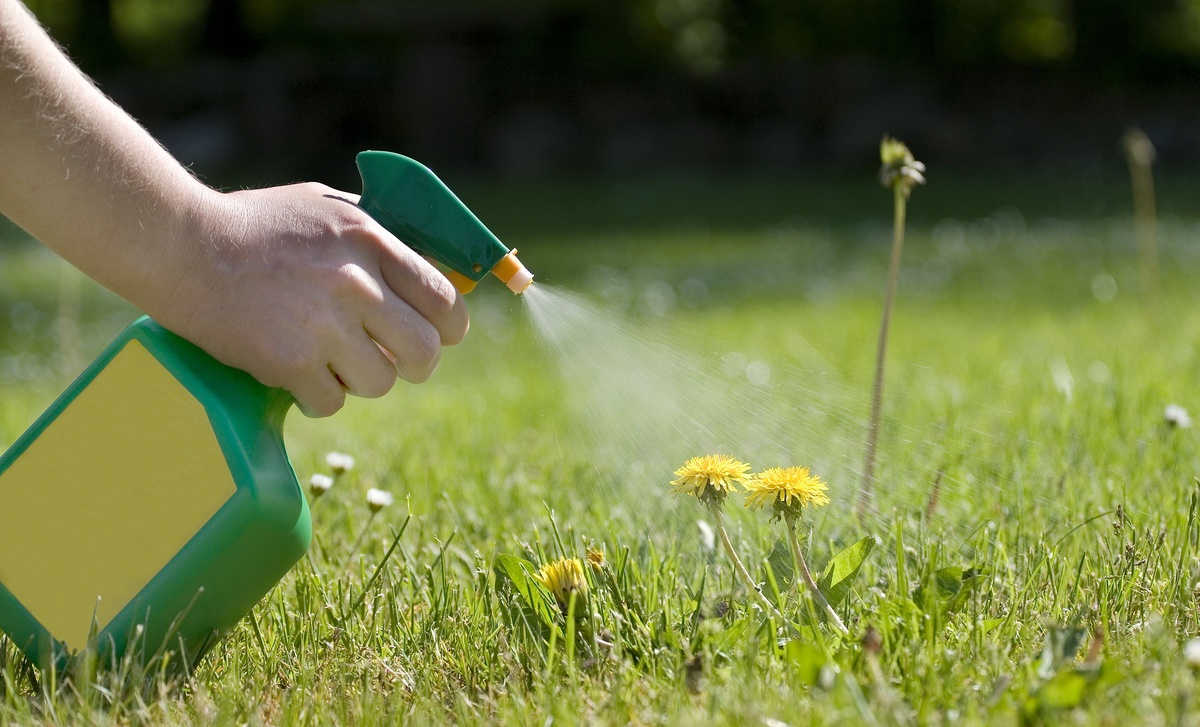
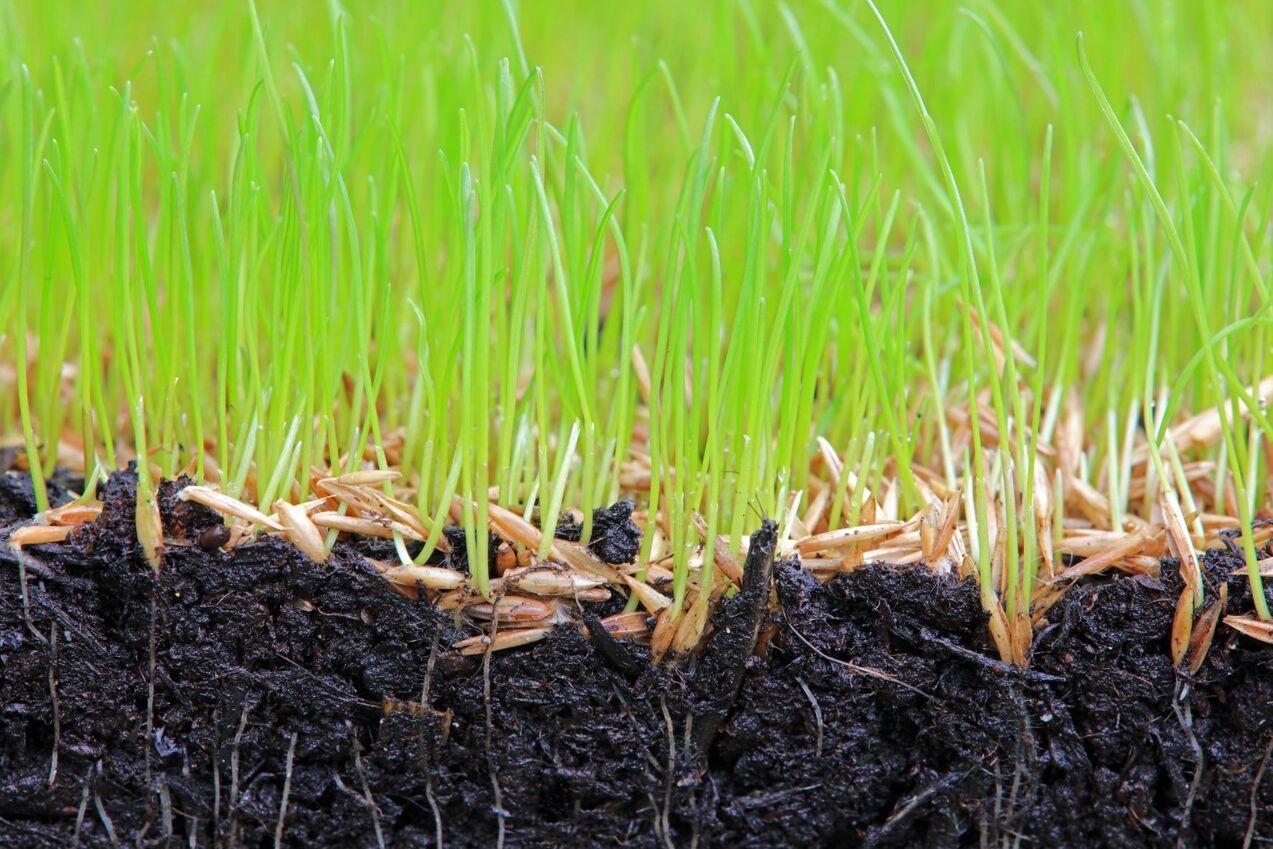
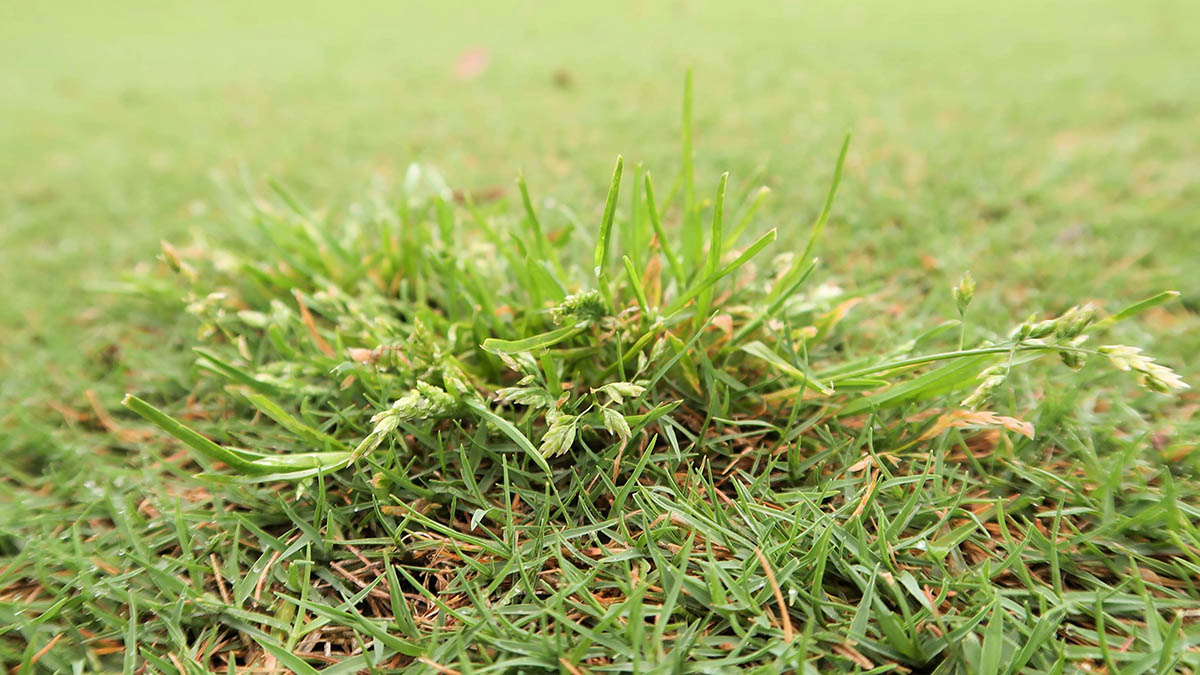
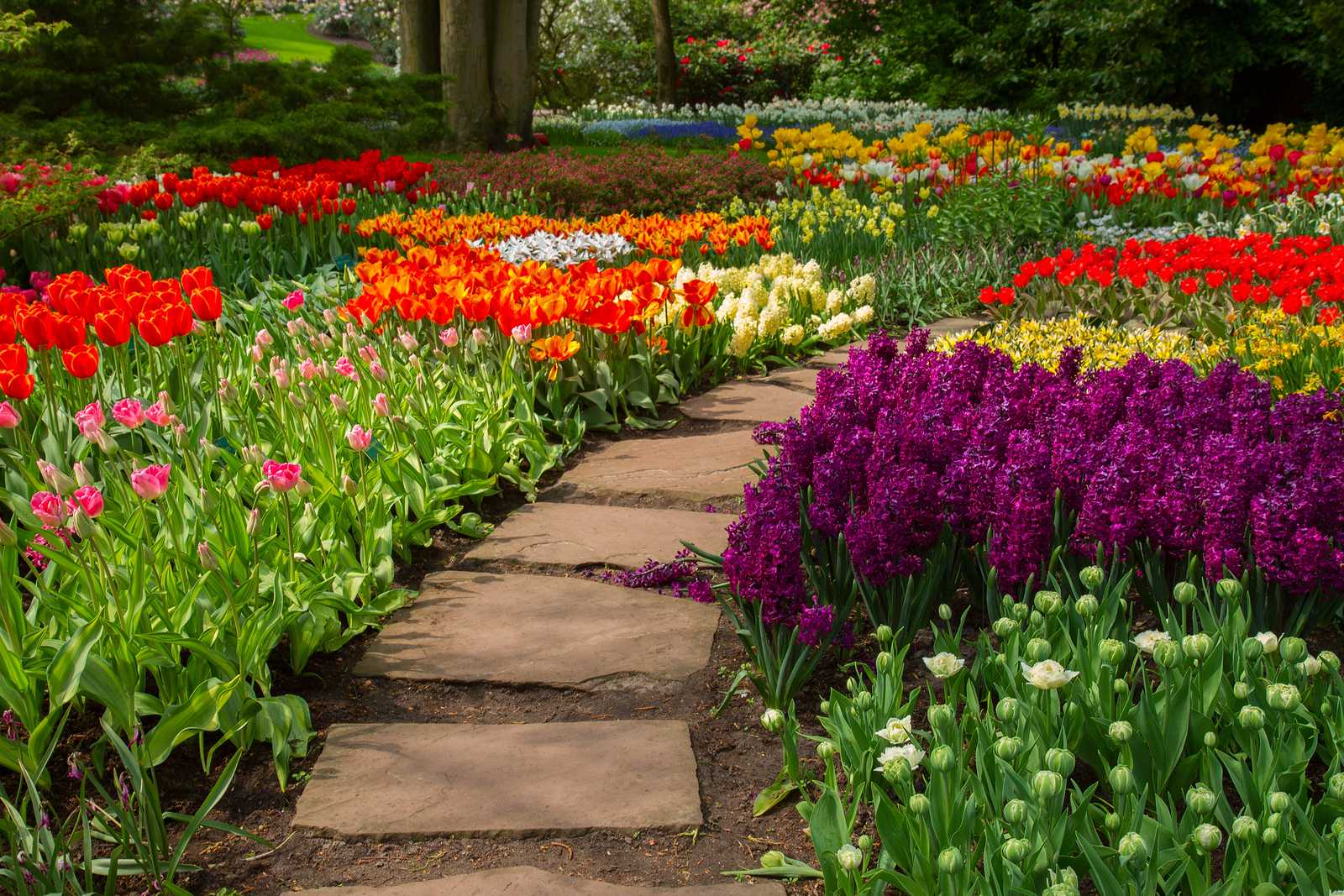



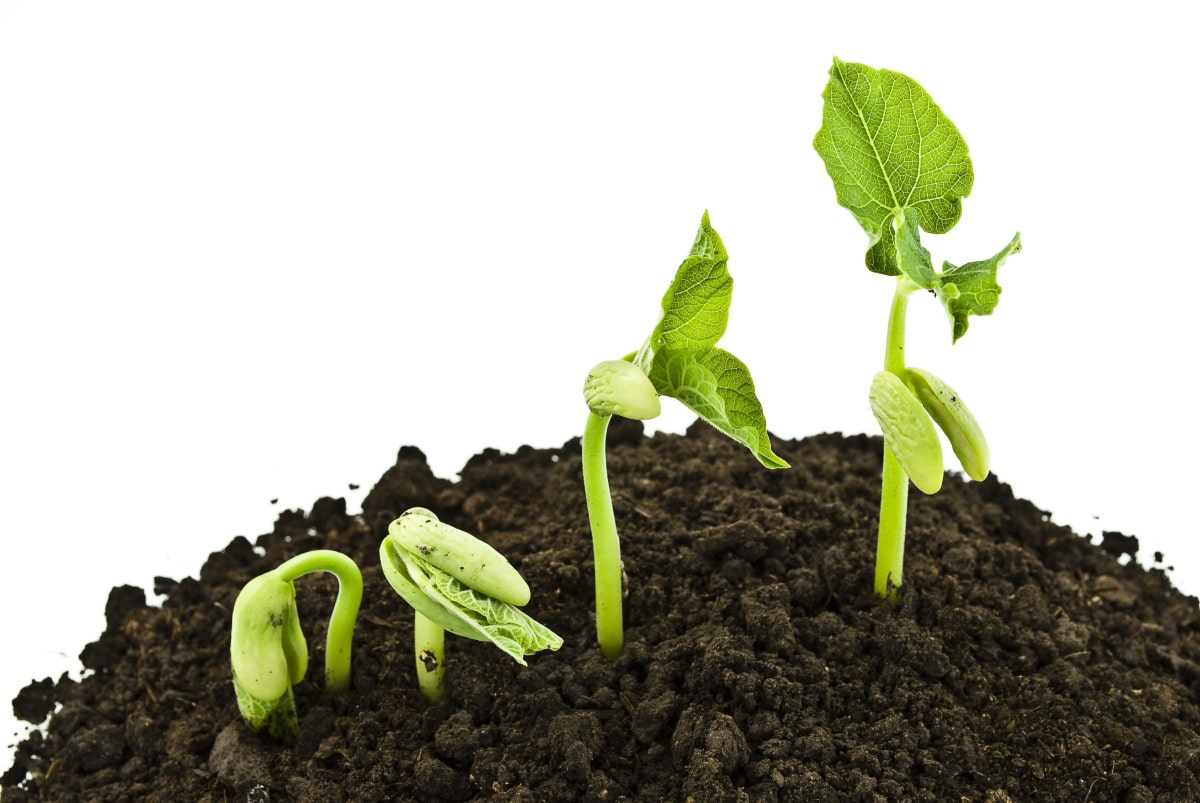
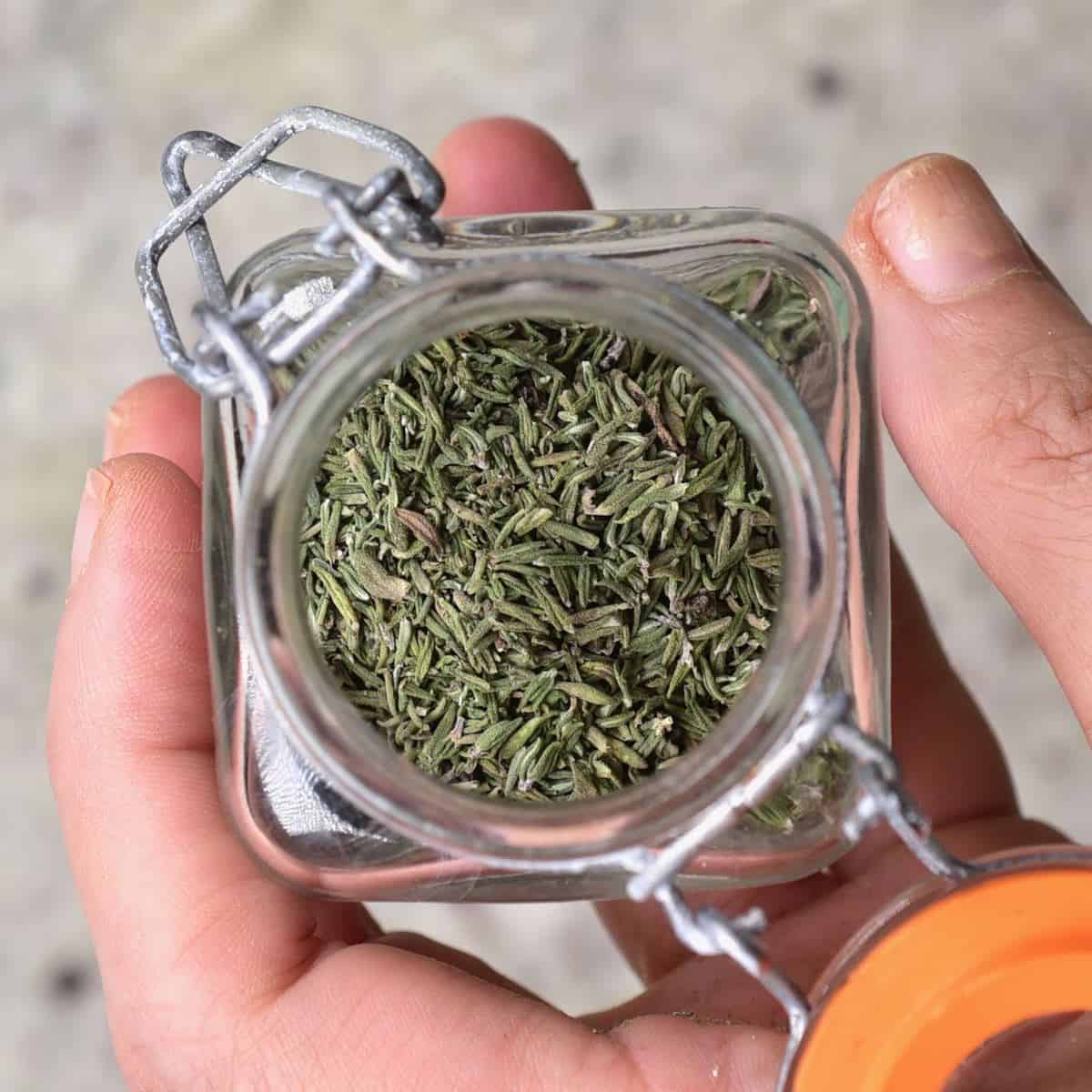


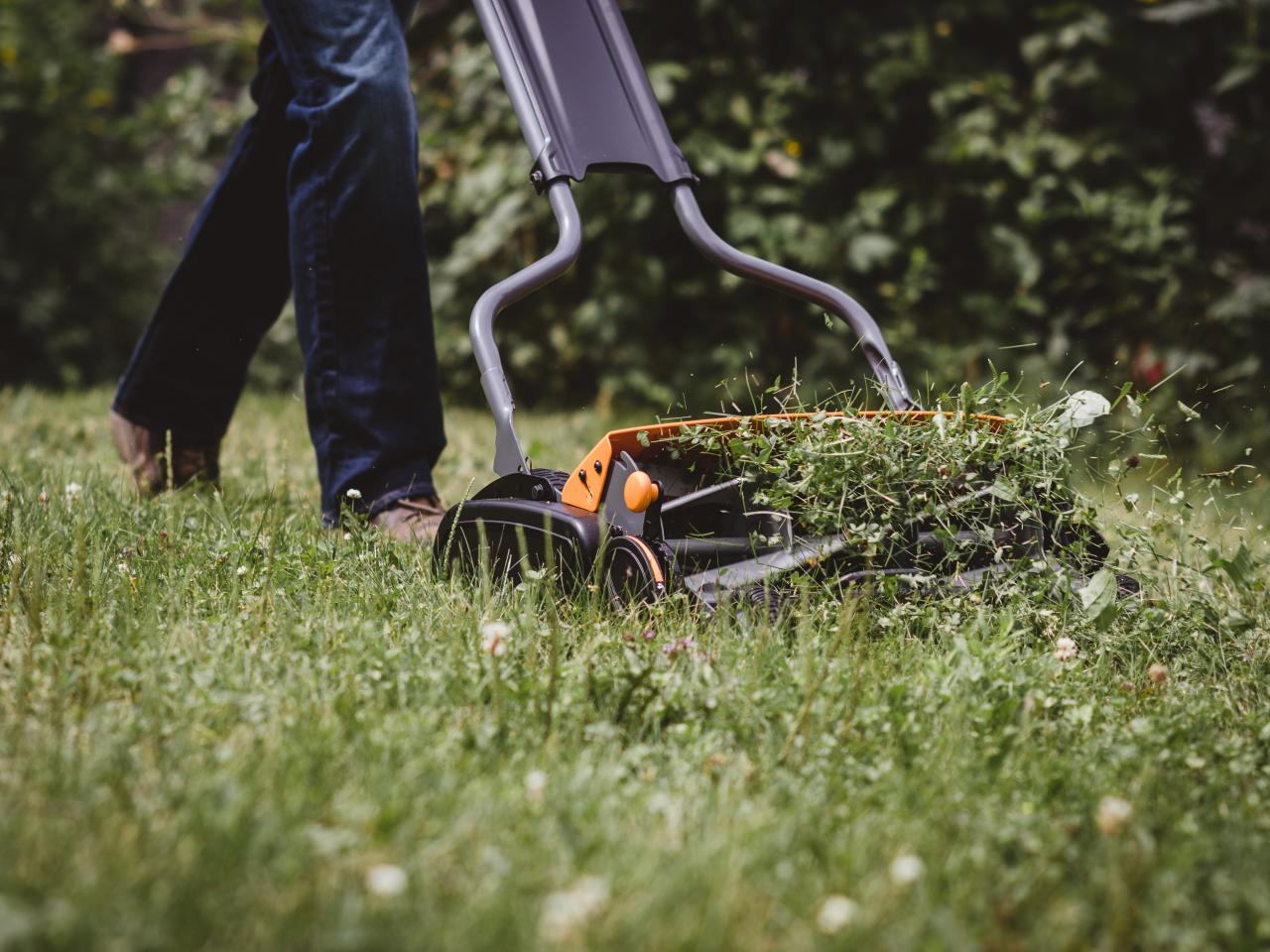

0 thoughts on “What Season Does Dandelions Germinate”